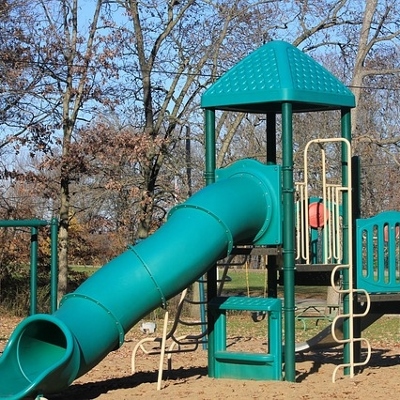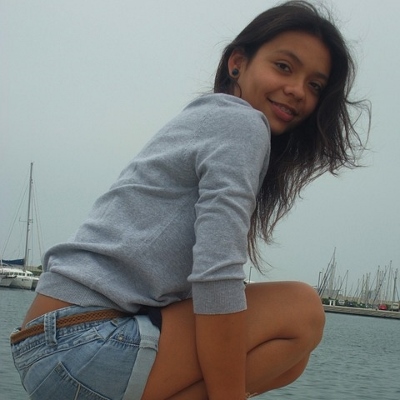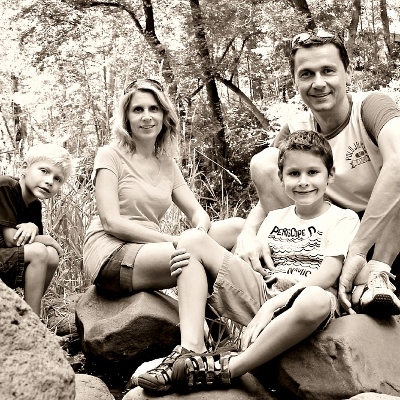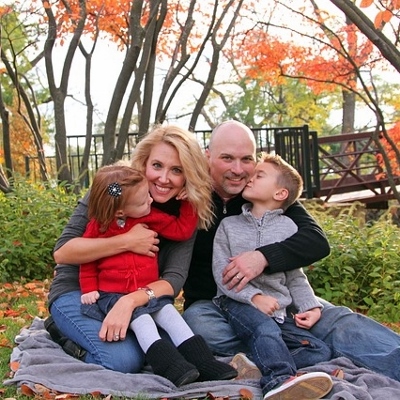 How many times do you hear the phrase “are we going out today†from your child? Now that the weather is pleasant, you’ll be able to answer yes more frequently. Whether your child plays at home or you visit a public playground, the most important issue is safety. And today, we are also choosing environmentally safe playgrounds where equipment is eco-friendly and healthy. Here are a few tips to look for on your quest for safe play.
How many times do you hear the phrase “are we going out today†from your child? Now that the weather is pleasant, you’ll be able to answer yes more frequently. Whether your child plays at home or you visit a public playground, the most important issue is safety. And today, we are also choosing environmentally safe playgrounds where equipment is eco-friendly and healthy. Here are a few tips to look for on your quest for safe play.
Surface Materials
Children fall – it’s part of growing up, but landing on a soft surface will eliminate dangerous medical consequences. Most playgrounds are surfaced with grass or sand, however not cushioning a fall. Wood fiber mulch is non-toxic and economical, but not adequately best for a soft landing. Today you can find crushed rubber mulch made from recycled tires that is eco-friendly and cushions the child’s body.
Types of Safe Playground Structures
Playground equipment made from wood has been a concern because most wood products were preserved with CCA (Chromated Copper Arsenate) a chemical-rich preservative that is unsafe for children to touch and breathe the outgassing. Today, the EPA (Environmental Protection Agency) prohibits its use. Look for Cedar and Redwood that is chemical free and certified by the SFI (Sustainable Forestry Initiative).
The use of plastics in playground equipment is a good choice as the structures are strong, colorful and recyclable. The good kind is made from recycled structural plastic (RSP) and/or recycled high-density polyethylene (HDPE). Older playground equipment made from PVC (polyvinyl chloride) is hazardous to the child’s health and show be avoided and replaced.
Overall Playground Safety Checklist
Look over the entire area for these hazardous situations. Fix your own playground or report public playgrounds to the proper authorities.
• Check the ground for glass and sharp objects.
• Make sure metal equipment does not have sharp edges or rust.
• Survey wooden structures for loose boards.
• Look for wasp and bees’ nest. Also stinging ants.
• Scan for poison ivy or other harmful plants.
• Check for holes that animals have dug so children will not trip on them when running.
• Always wash hands thoroughly after visiting the playground.
Safety Rules for Kids
It is the responsibility of parents to teach their children the safety rules of visiting a playground. Here are a few to remember.
• Walk far around swings when people are using them so you don’t get bumped.
• Hold onto swings with both hands and always sitting on your bottom.
• Slide down the slide feet first.
• Test the slide with your fingers to make sure it is not too hot.
• Use two hands whenever climbing the jungle gym.
• Sand is for digging and building with – it may not be thrown.
• Always tell an adult if you find broken glass, sharp objects, a stinging insect or a stray pet on the playground.
Following these concerns will help you make sure that your outdoor playground is fun and safe for the children. Enjoy this great outdoor play season!










